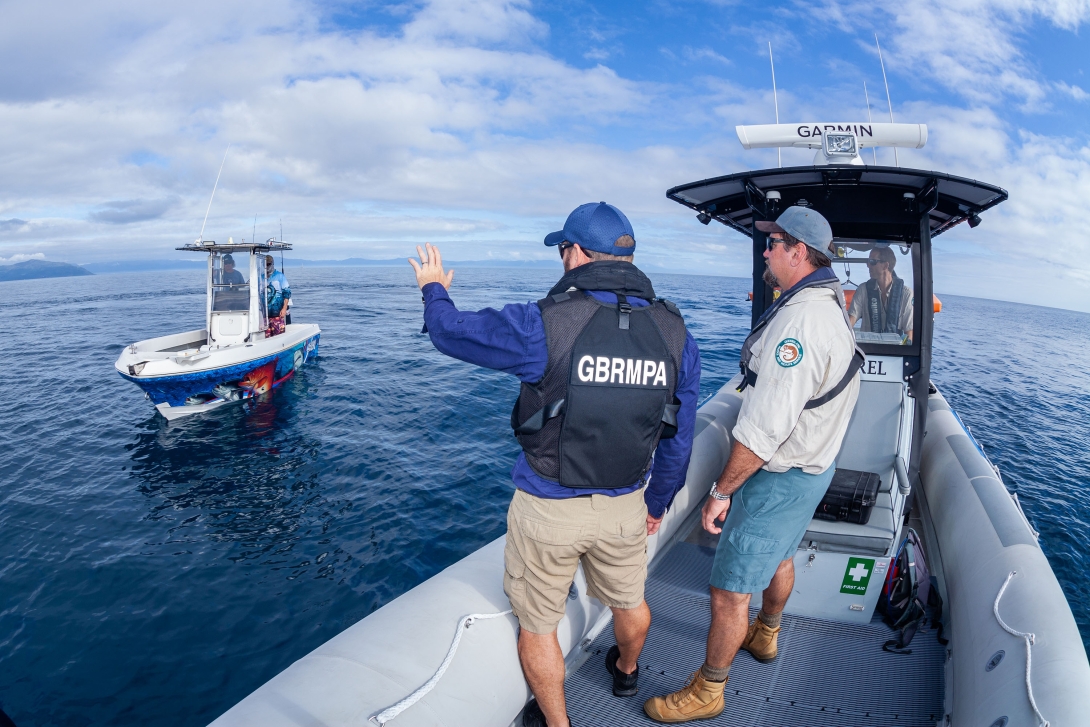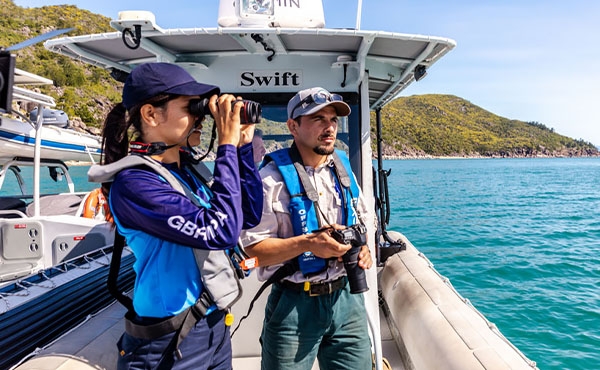Protection and management of the Region includes statutory instruments such as Acts and regulations, zoning plans, plans of management, permits, fees and charges, and compliance and enforcement programs. Various non-statutory mechanisms such as policies, strategies, position statements, guidelines and management plans are in place. The Reef 2050 Plan is an overarching plan for the Region.
There has been significant regulatory reform since 2019
Since 2019, there has been regulatory reform through the introduction of the Reef protection regulations and the Climate Change Act 2022 (Cth) together with ongoing adjustments to specific fisheries using tools under the Fisheries Act 1994 (Qld) and regulations. These reforms are intended to address some of the key threats to the Reef including poor water quality, climate change and unsustainable fishing practices. On top of this work, some of the regulatory mechanisms need review and updating to enhance effective and adaptive management. For example, a statutory review of Reef protection regulations was completed early in 2024.

In 2020, the findings of an independent review of the EPBC Act identified that, while benefits were achieved, the focus on matters of national environmental significance and adoption of a project-by-project consideration of environmental outcomes meant the holistic outcomes for environment and heritage cannot be attained. This undermines the ability to address system-wide threats to natural environments. Conversely, the separate listing of the Marine Park as a matter of national environmental significance contributed to more clear and adequate environmental assessment outcomes for the Region. A reform agenda based on the review findings is currently being implemented. The Nature Positive Plan: better for the environment, better for business 2011 will develop new National Environmental Standards for the long-term protection and conservation of environment and heritage matters, and will require achievement of net benefit for new projects assessed under the EPBC Act.
There are largely effective joint management arrangements in place to minimise jurisdictional overlap between the Australian and Queensland governments in relation to Marine Park permitting, field presence and compliance activities. An improvement in monitoring and responding to compliance matters is attributed to funding allocated to the Reef Joint Field Management Program in 2018. However, inconsistencies in regulation across Australian and Queensland government jurisdictions have potential to arise because of differences in regulatory focus (Section 7.3.3).
The Zoning Plan provides spatial management for activities that can occur ‘as of right’ without a permission and activities that are prohibited in certain zones. Zones with higher protection have positive outcomes for the conservation of fish species.1975 However, zoning must be supported by implementation of other tools such as an effective permission system and site-specific plans of management 1972 such as those in place for Whitsundays, Cairns, Hinchinbrook and Shoalwater Bay. The Zoning Plan does not influence external factors (such as climate change and land-based runoff) but it does increase ecosystem resilience.1099,2012
Compliance systems are increasingly sophisticated, especially for tracking vessels and their activities. There is no current mandatory requirement for independent data validation on commercial fishing vessels, which limits compliance monitoring, especially for impacts to species of conservation concern. The ability to monitor compliance of recreational fishing and sewage pump-out on recreational vessels is similarly limited because of a lack of mandatory reporting systems.
The process of developing and reviewing of statutory and non-statutory instruments would benefit from greater adaptability and responsiveness to emerging evidence, particularly in the face of climate change.2008


